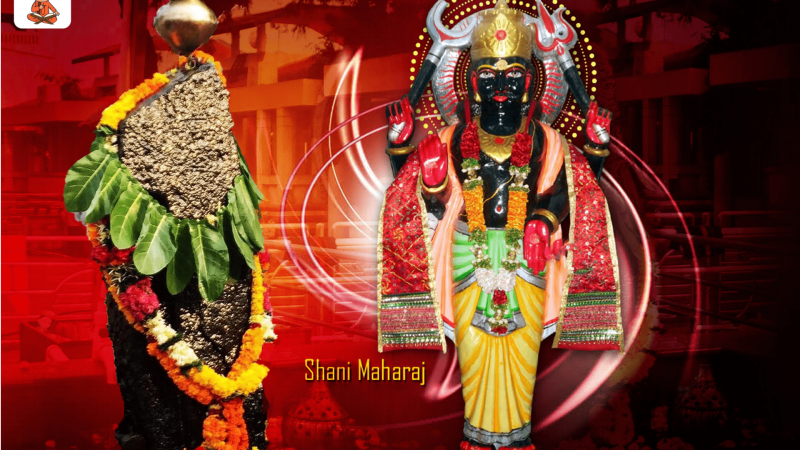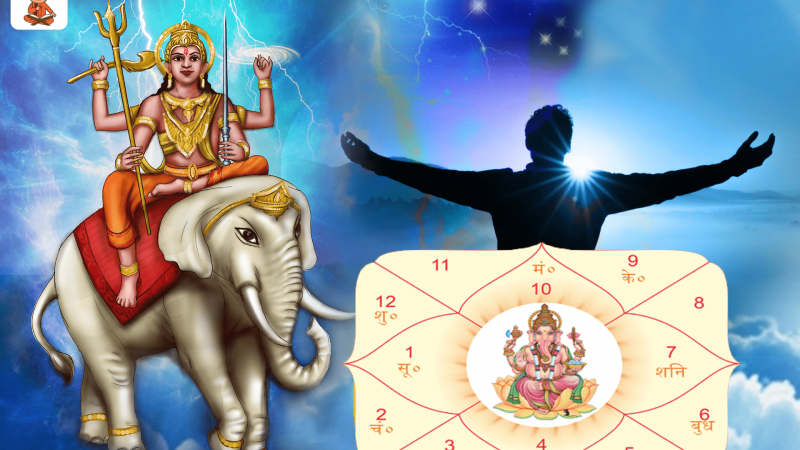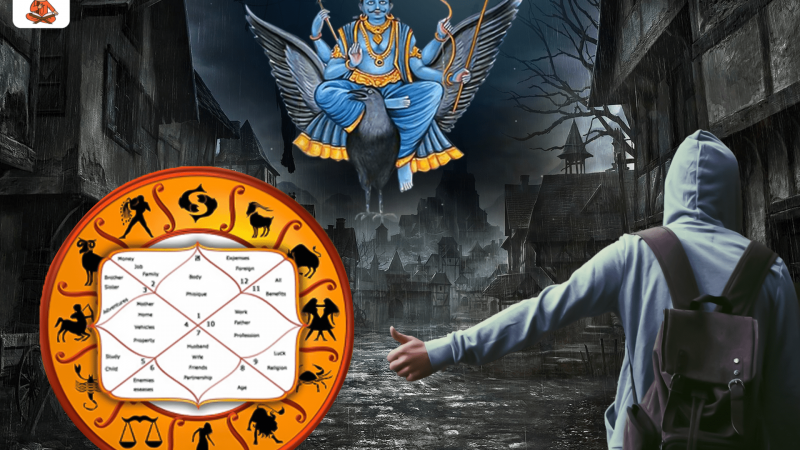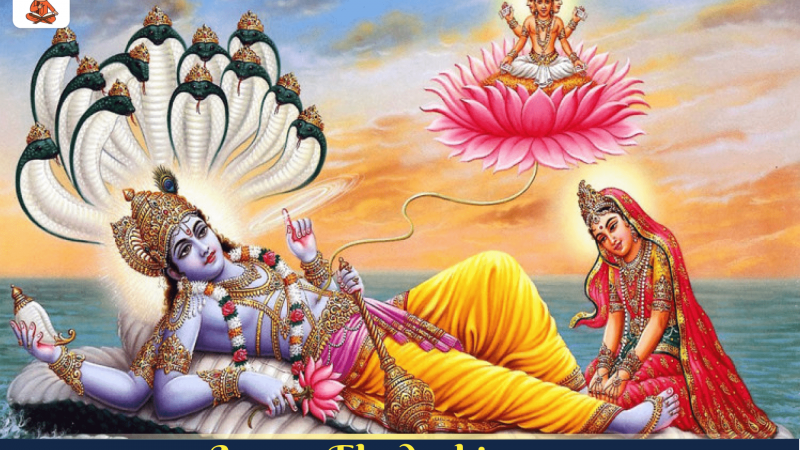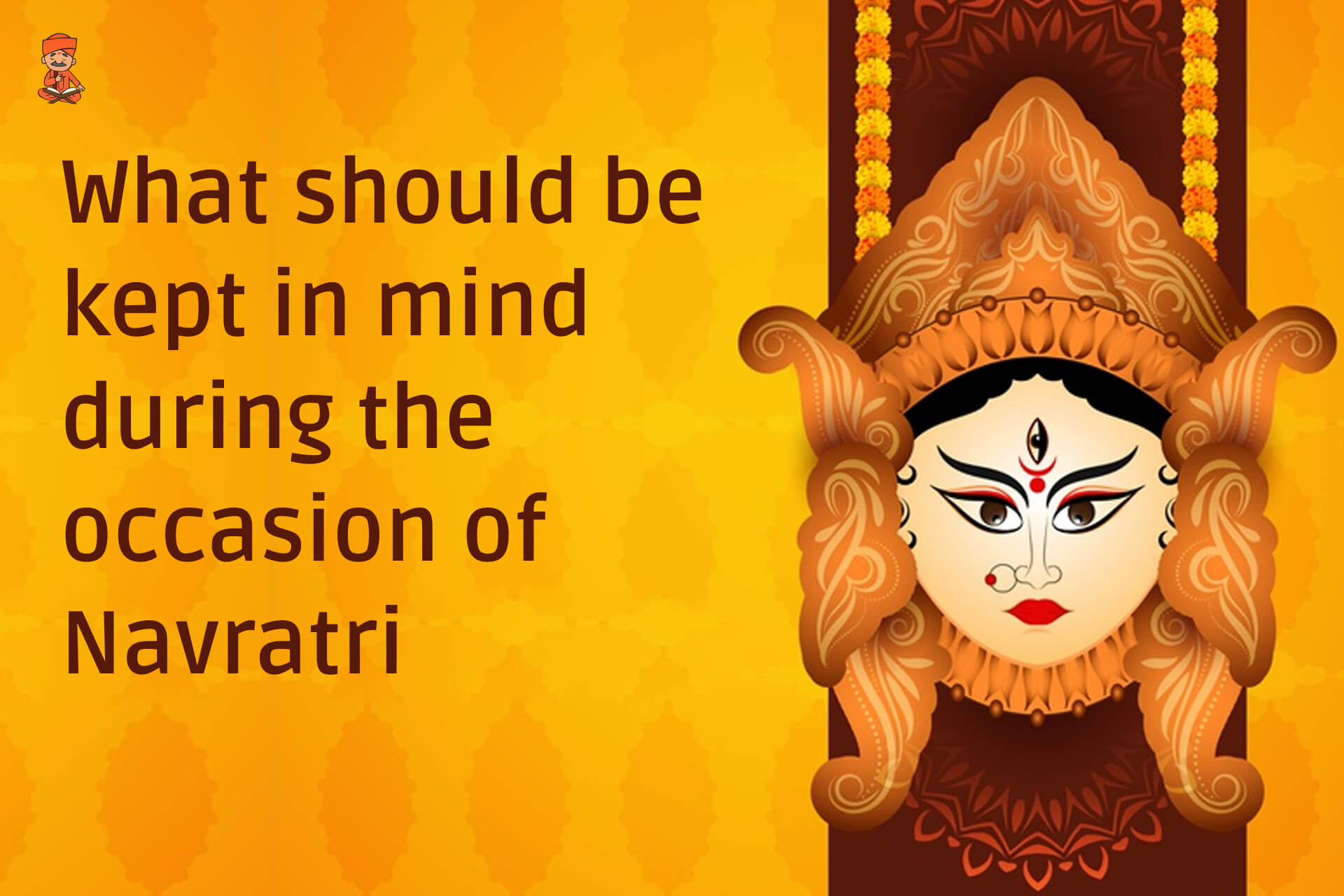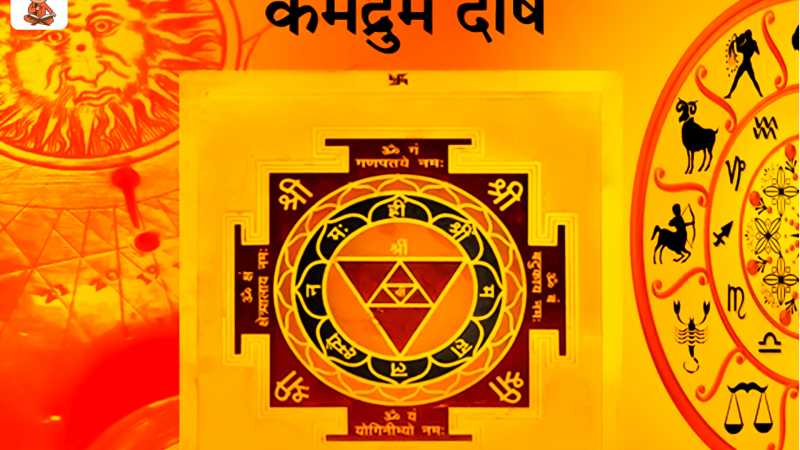A Hindu Festival that spans nine nights and ten days, Navratri as the name suggests ( Nav- Nine Ratri- Nights – Sanskrit word) is celebrated every year during autumn, in honor of the goddess Durga Devi. The part of the celebrations includes praying to nine different goddesses on each day, and each day has its significance. However, ‘SUVICH: The Real Astrology ‘ has a few things for you to keep in mind for celebrating the auspicious festival the right way-
What to do in Navratri

Navratri is a very important religious festival for the Hindus, and the festival is celebrated from March through April and September through October. ‘SUVICH: The real astrology ‘ – brings to you a convenient Navratri puja process that you can do at home. Durga, the deity of victory, is revered in nine different ways of the day is devoted to the worship of one of these kinds.
Every daylight, a lamp, and incense sticks offer flowers to Durga decorate it using turmeric and sindoor. Offer some delicious dishes that you prepared, especially for the puja. Perform arati to Maa Durga. Distribute the Prasad to the guests and family members. Perform this puja on each of the nine days of Navratri things.
Navratri Food

People in India usually fast during this festival. However, fasting rules vary from community to community in India. It’s often a smart option to discuss with your family members before forming a menu choice. If you want to fast throughout Navratri, please check this list of Navratri fasting foods and laws. Although, People fast during Navratri- Navratri food has various assortments. ‘SUVICH: The Real Astrology‘ has a list of North and South Indian recipes for you:
- Singhare Ka Atta
- Kuttu Ka Atta
- Rock Salt
- Spices and herbs vary from community to community in each of the dishes mentioned.
There can be a different menu, including a selection of Gravy made with vegetable sides with bread or a grain-based dish, for lunch and dinner, and these recipes don’t take a lot of time to make too.
Significance of Each Day

Each day associated with the festival has a significance of its own; they are solely dedicated to goddess Durga and her nine incarnations.
Day 1- Shailaputri
The word Shailaputri means the “Daughter of Mountain.” In this form Goddess where she is worshipped as Lord Shiva’s wife, and she is illustrated to be sitting on a bull with a Trishul (A weapon) in her right and a lotus in the left; it is a direct incarnation of Mahakali.
Color Of The Day: The color of this day is Grey that depicts action and vigor.
Day 2- Brahmacharini

On the second day, Goddess Brahmacharini is the second incarnation or form of goddess Parvathi and is illustrated when Pravati becomes Sati, and she is worshipped for freedom of spirit and endowment of peace and prosperity in the lives of devotees. She is shown as walking barefoot with a pot in her hand that is a symbol of bliss and calm.
Color Of The Day: Orange color is the color of this day.
Day 3- Chandraghanta

The form of the goddess that is worshipped during the three days is called Chandraghanta, and the goddess got the name after marrying Shiva. Parvathi has a half-moon on her face in this incarnation, which makes her an emblem of elegance and also a representation of courage, and she is illustrated as a beautiful creation.
Color Of The Day: White is the color of the third day, which is a color of peace.
Day 4- Kushmanda

The goddess form worshipped on the fourth day of the festival is called Kusmanda, which is the endowment of the flora on the earth, and she is illustrated to have eight arms sitting on a tiger.
Color Of The Day: Red is the color of the third day, which is the color that depicts flora on earth.
Day 5- Skandamata

The fifth day the goddess worshipped is called the mother of Lord Karthikeya; the depiction is that of a mother holding her child to protect her child who is threatened with danger, it is a motherly instinct to shield her child, and she is portrayed as riding a fierce lion, has four arms and holding her baby Karthikeya.
Color Of The Day: Royal Blue is the color of the third day, which is the color that depicts transformation in a mother when she notices a threat to her child’s life.
Day 6- Katyayani

The sixth day is to commemorate the birth of the incarnation of Durga, who is born to the sage Katyayana and is known to be a symbol of courage and is also known as the warrior goddess; she is also known to be the most violent incarnation of Durga Ma, She is depicted riding a lion and has four hands which are believed to be a form of Parvati, Lakshmi, and Saraswati.
Color Of The Day: Yellow is the color of this day as it is considered to be a vibrant color that symbolizes courage and lights up the path.
Day 7- Kaalaratri

The seventh day of Navratri is to celebrate another fierce form of Goddess Durga. She is depicted as a goddess in a red attire or tiger skin with dark skin and eyes filled with rage, and it is believed that this incarnation of Parvati removes her fair skin to kill the demons and the red she wears is a symbol of her promising to protect her devotees from everything evil.
Color Of The Day: Green is the color of this day
Day 8- Mahagauri

The eighth day of Navratri is to highlight the intelligence and peace of Parvati through her incarnation of Mahagauri. It is said that Kaalaratri took a bath in the Ganga river after she killed the demons Sumbha and Nisumbha, and she becomes extremely fair, losing her dark complexion.
Color Of The Day: Peacock Green is the color of this day; it is believed that the goddess looked just as beautiful the color is possibly even more.
Day 9- Siddhidatri

On the ninth day or the last day of Navratri, the incarnation of Durga prayed too is called Siddhidatri. She is illustrated to be sitting on a lotus and blesses us with all types of Siddhis with her four hands.
Color Of The Day: Purple is the color of this day, as it is significant in portraying the fact that one side of her body is that of Lord Shiva’s.Here we had a few interesting things brought to you by ‘SUVICH: The real astrology ‘- wishing everyone a very Happy and Prosperous Navratri.



